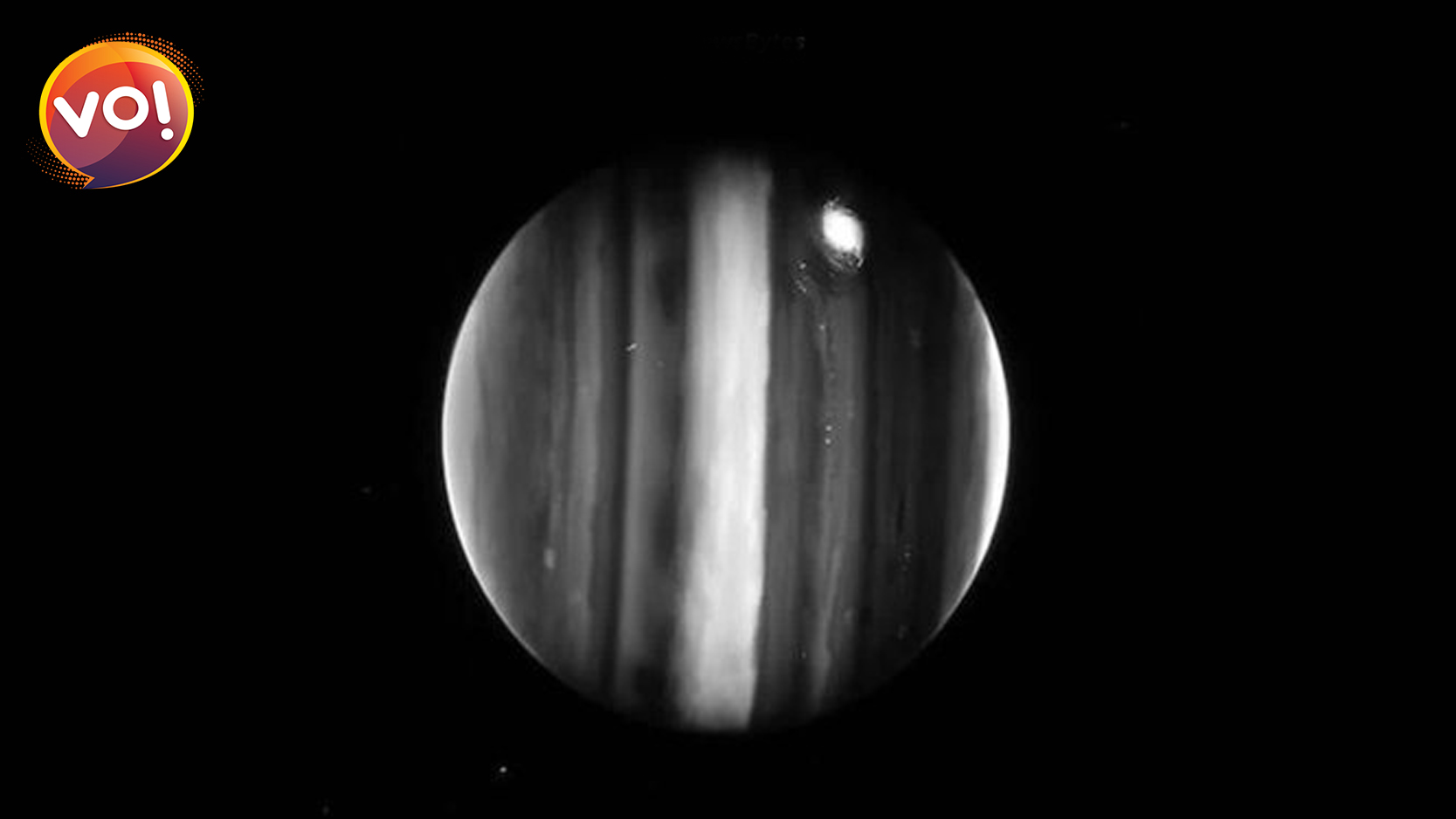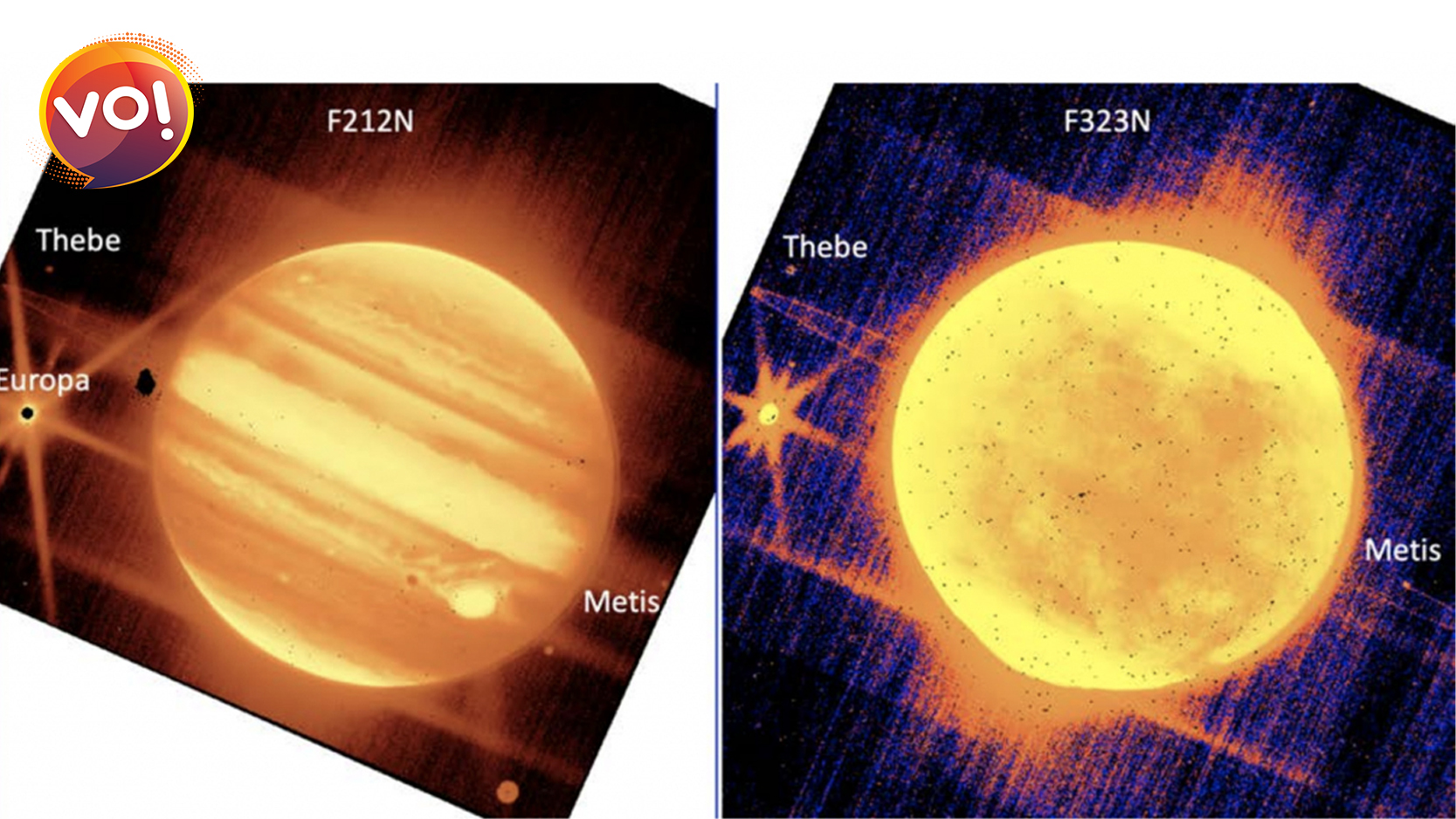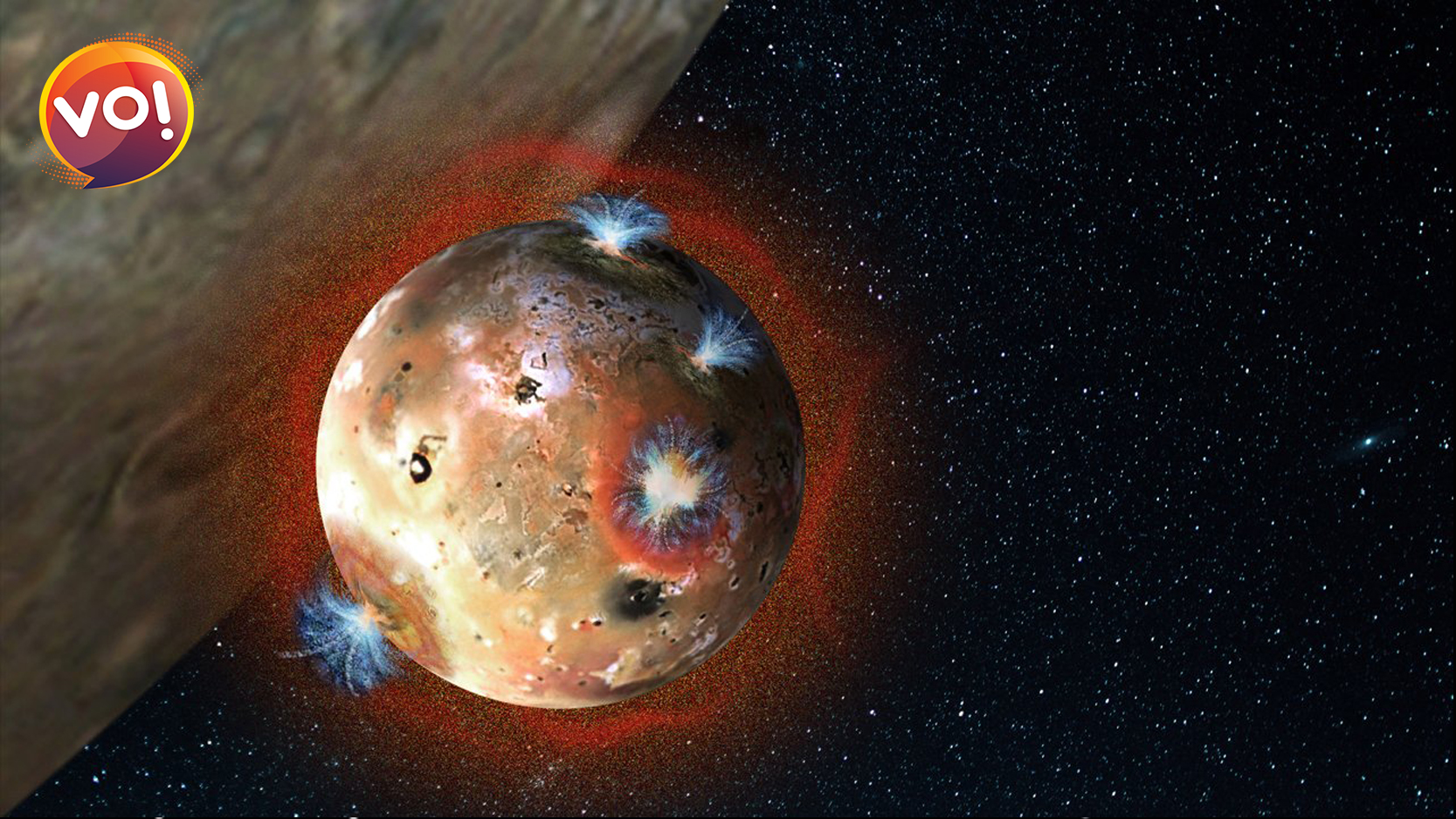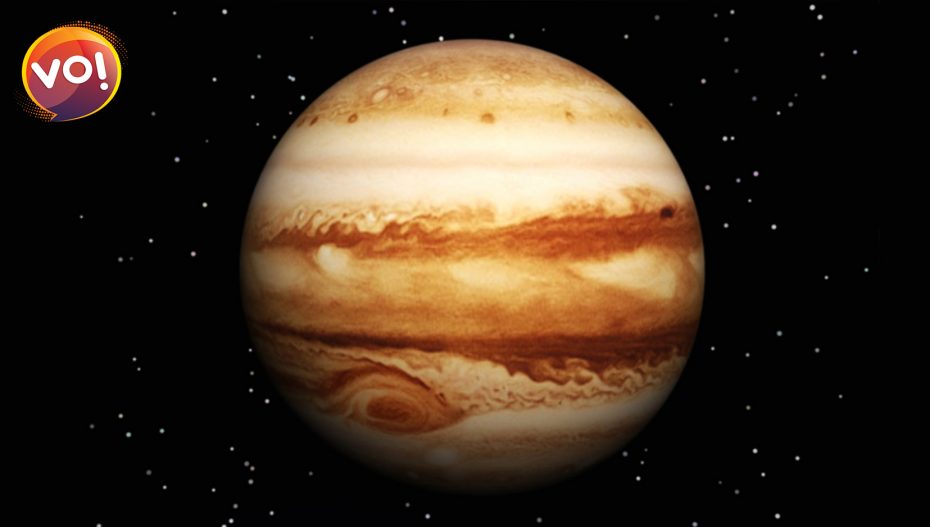James Webb’s telescope has shown us more of the universe than we ever make sense of. Nasa’s James Webb Space Telescope has captured something closer to home – Jupiter, the namesake of the king of Roman gods.
IMAGE:

On July 27, JWST’s Near Infrared Camera (NIRCam) snapped a picture of Jupiter. Previously, the Webb telescope had observed the planet during its commissioning. The telescope captured Jupiter’s distinct bands and the Great Red Spot – the infamous storm big enough to swallow the Earth.
The spot is white in the image due to the way the image was processed
INFORMATION:

The filter used to observe Jupiter is dubbed F212N
To create the image of Jupiter, JWST’s NIRCam observed the planet for nearly 11 minutes using the F212N filter. It observes light that has a wavelength of 2.12 microns. The filter is part of the observatory to help scientists study molecular hydrogen.
SIGNIFICANCE:

Jupiter, the biggest planet in our solar system, has always intrigued scientists. Although Jupiter itself is not considered conducive for life as we know it, that’s not the case with many of its moons. The image and other observations by Webb will help scientists understand the atmosphere of the planet, its thermal structure, and its layers, along with studying phenomena like wind and auroras.
FUTURE:
The JWST will continue to observe Jupiter in the coming days as well.
As per the preliminary schedule released by the Space Telescope Science Institute in Maryland, which runs the telescope, the observatory will target Jupiter’s volcanic moon Io (pronounced Eye-Oh), the large asteroid Hygeia, and the supernova remnants Cassiopeia A this week.
However, this schedule is subject to change.
Also Read :https://www.vibesofindia.com/biden-unveils-first-set-of-deep-universe-images-by-jwst/












